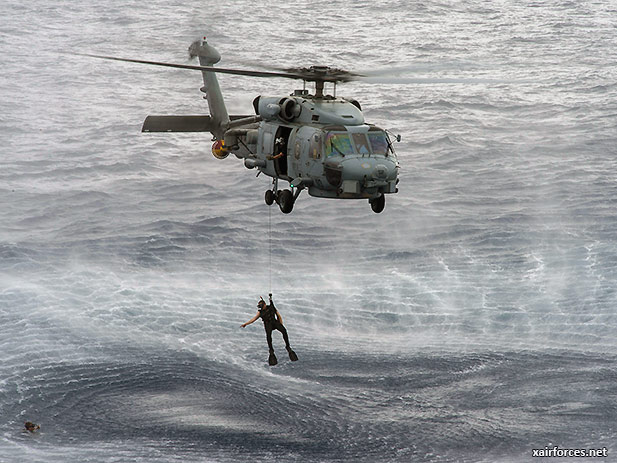
The Growing Problem of a Shrinking Military

The military’s most recent budget request provides even more detail about the consequences of continued automatic spending cuts. Yet the U.S. military’s challenges did not start with the automatic budget cuts known as sequestration; they have been underway for years, as the Armed Forces struggle to meet ever-increasing global demands and challenges with fewer forces and resources.
This growing strain prompted Navy Admiral Samuel Locklear, U.S. Pacific Command chief, to tell Congress that the Navy’s attack submarine requirements are going unmet in the Pacific right now. With the Navy’s attack submarine fleet on a path to drop from 55 today to 42 by 2029 — under the most optimistic scenario — outcomes only promise to get worse.
This was not the first time the Navy has confessed it lacks the capacity necessary to carry out all of its missions. As Rear Admiral Thomas Moore argued last year, “We’re an 11-carrier Navy in a 15-carrier world.” Army General Martin Dempsey, chairman of the Joint Chiefs of Staff, expressed a similar concern in his assessment of recent Pentagon strategy, warning that “the smaller and less capable military outlined in the [Quadrennial Defense Review] makes meeting [strategic] obligations more difficult.”
Marine General John Kelly recently told Congress that a lack of assets means his command is “unable to get after 74 percent of suspected maritime drug smuggling.” Instead, the commanding general warned, “I simply sit and watch it go by.” At the same time, in recent years, he has seen China, Russia and Iran make notable efforts to increase their presence and influence in Latin America. Meanwhile, U.S. Central Command boss Army General Lloyd Austin recently testified that “the ability of the services to provide trained and ready forces and critical enablers cause me great concern.”
The growing gap between strategic obligations (demand) and military capacity (a key part of supply) outlined by these senior officers is troubling. A shrinking military will be able to bring fewer resources to bear the next time it is called to fight and win the nation’s wars. This reality should be self-evident, but it may very likely cost American lives in the future.
Moreover, a smaller military will have destabilizing consequences around the world. As Dempsey has warned, “Our loss of depth across the force could reduce our ability to intimidate opponents from escalating conflict. Nations and non-state actors who have become accustomed to our presence could begin to act differently, often in harmful ways.”
A quick look at the headlines shows how these consequences are already becoming manifest. From increasingly (even by North Korean standards) erratic behavior emanating from Pyongyang to Chinese assertions of sovereignty over contested waters to the Russian invasion of Crimea, strategic competitors are emerging to challenge the American-backed status quo.
Military strength gives states diplomatic leverage. It complements and magnifies other aspects of national power to give leaders a toolkit from which they can advance national interests globally. Consequently, it should come as no surprise today that as U.S. combat power declines, so too does America’s diplomatic influence.
If policymakers are troubled by the recent aggressive and revisionist actions of authoritarian regimes, they can act immediately to reverse this trend. As former Secretary of Defense Robert Gates recently said, “the pace, at which both the Europeans and the United States [are] cutting their defenses, regardless of … the facts on the ground in terms of the number of ships and number of planes, it certainly sends a signal that we are not interested in protecting our global interests.”
Federal spending is about making choices on priorities. Washington can reverse this slide by reinvesting in order to match U.S. military power with the commitments that America’s military is expected to keep.
Mackenzie Eaglen is a resident fellow in the Marilyn Ware Center for Security Studies
Source: Mackenzie Eaglen, Defense on Edge (thecuttingedgenews.com) AEI News - 1 April 2014
Photo: A U.S. Navy search and rescue swimmer assigned to the Scorpions of Helicopter Anti-Submarine Squadron 49 prepares to rescue a simulated man overboard during a helicopter cast off and recovery exercise with the guided-missile destroyer USS Preble (DDG 88) underway in the Pacific Ocean, Aug. 9, 2013. The Preble is on patrol in the U.S. 7th Fleet area of responsibility supporting security and stability in the Indo-Asia-Pacific region. (U.S. Navy photo by Petty Officer 3rd Class Gregory A. Harden II/Released)
(1.04.2014)
|